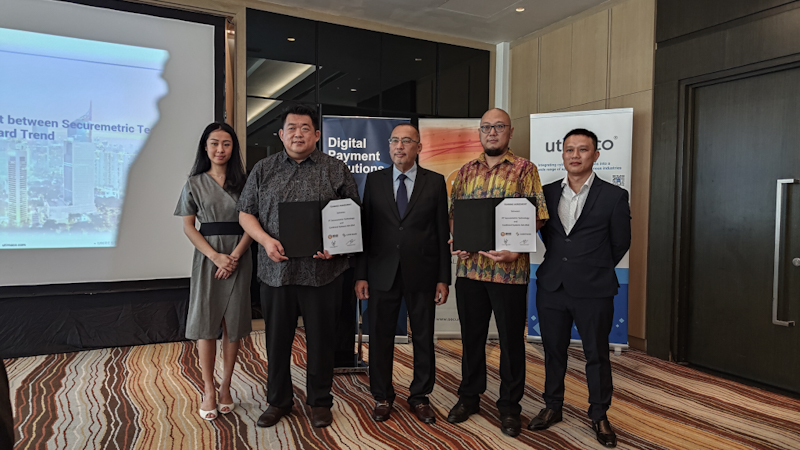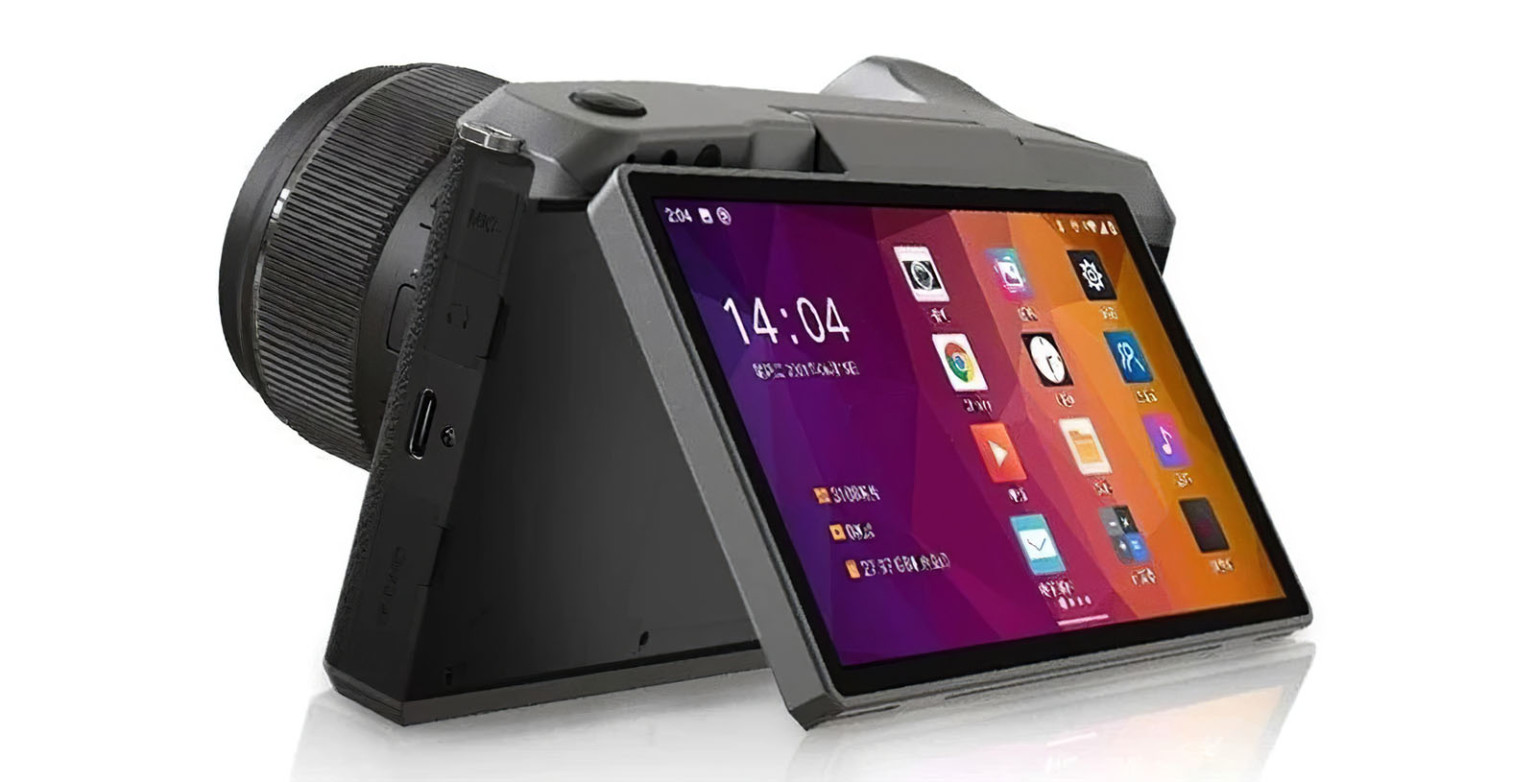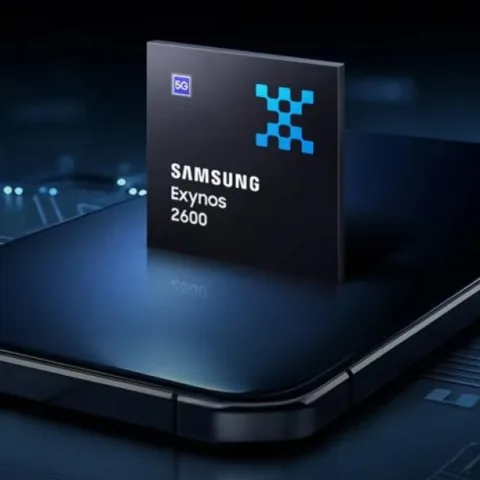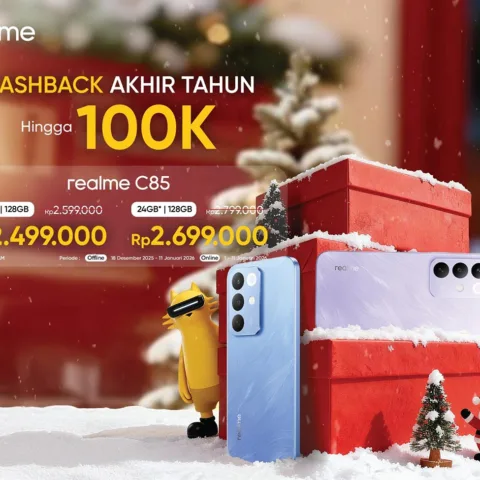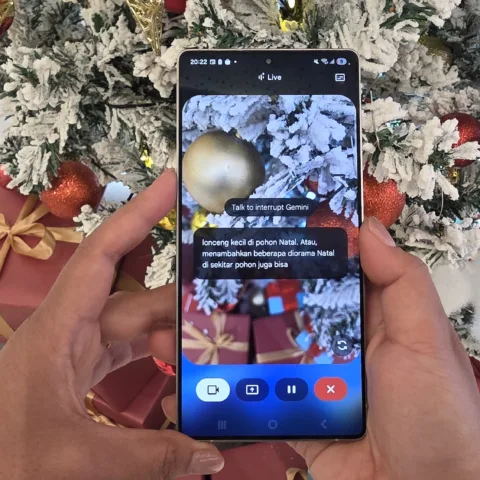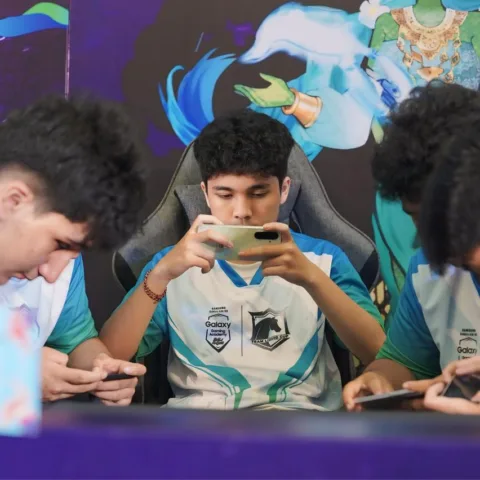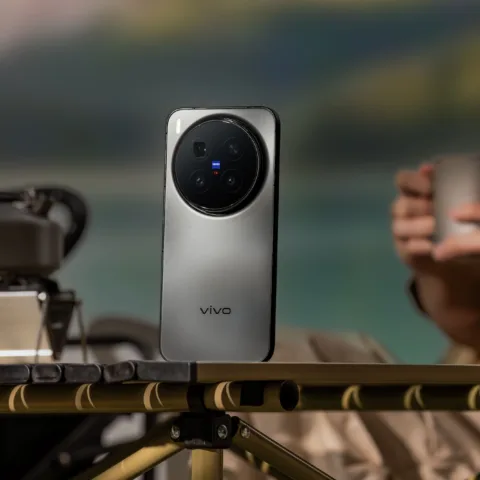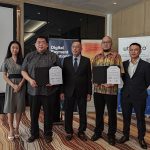The majority of Indonesians grew up with education in elementary school, which among other things taught about the variety of culture in Indonesia. Each province owns a large variety of cultural heritage, because of the various tribes that live in that area will always have their own language, food, clothing and dance. This cultural variety is taught to be one of Indonesia’s most precious resources that must be conserved, although practically, at least for elementary school kids, it is mostly memorising dances and wearing traditional clothing at the Independence Day parade.
Although our cultural variety is a strength and asset, which with good management can support a whole industry, Indonesia is seemingly going through an identity crisis. This can obviously be seen in communications about the tourism potential of Indonesia in advertising. It is as though we cannot take a step beyond Bali, wayang, and batik, all the while, there is a wealth of untapped cultural heritage still not developed and optimised for tourism.
In this context, Indonesia’s cultural variety becomes somewhat of a block for Indonesia to shape a national, all-encompassing identity. On the other hand, attempts to create new cultural riches in Indonesian market, always receives criticism like ‘this is influenced by the West’, ‘that looks Japanese’ or ‘why is it like a Korean band’, and so on.
A global acculturation process is currently happening, a process in which cultures from every country influence each other to shape something unique, although its historical cultural roots may not be obvious.
For instance, the K-Pop craze in Indonesia and the world. Is it actually a cultural structure that purely derives from Korean culture? From the music, clothes, TV series, and so on, we can clearly see the Western influences, but it did not prevent them to absorb those Western influences to shape something that is so very Korean. With such an offering, they were able to create a new cultural platform that is relevant with the times, and naturally easy to monetize anywhere. Who would of previously thought that the video with the most views on YouTube would be a pop video from Korea? (No, I won’t link it here. You’re welcome.)
The context of popular culture – which has increasingly sharpened its local elements where it develops, despite global culture – is a vehicle which anyone can ride and offer their work to the whole world, and is not anymore a ‘Western invasion’ as people previously have said. This vehicle can be taken all over the world, as long as you offer something creative, unique but acceptable within the general pop context.
Pop is not necessarily evil either. Introducing Indonesian culture using the pop culture platform to the world, can open up a way for more people to learn about Indonesia’s cultural riches, which may have been previously unknown. Example: how many people in Indonesia understand or are learning Korean because of watching the TV series? And from the storylines, dialogues, and character interactions, how many people in Indonesia gained a better understanding of Korea in general?
Our cultural offerings are rich and aplenty, and today’s Indonesian society are not less creative in creating Indonesia’s cultural footprints for the 21st century. We should not be afraid or not confident in letting these societal dynamics shape a modern identity for Indonesian culture, without forgetting our past cultural heritage.
The entire creative industry needs to have the courage to take a step further and shape cultural products that reflect themselves as a participant of Indonesian culture, and leave behind old stereotypes. For example: the majority of characterizations in sinetron stories which are not based on actual daily lives in Indonesia and only take advantage of standard storytelling devices, must evolve into a reflection of today’s Indonesia (where TV movies and films have gone earlier).
One of the reasons why we created Ohdio was that despite the obvious Western origins of the technology and habit of music streaming, we believed that there is a special, specific approach needed for the Indonesian music listener. The service was designed, and continues to be perfected, for Indonesians, from business model to user experience, for those in Indonesia and for the resurging Indonesian diaspora.
Today’s cultural products; music, film, even software, games and services, therefore make a great vehicle to spread and strengthen our own national identity. Many have already started. And with various cultural products that are uniquely Indonesian, it will also be easier to create business and income for Indonesia. Let’s strengthen this.
 Ario is a co-founder of Ohdio, an Indonesian music streaming service. He worked in the digital music industry in Indonesia from 2003 to 2010, and recently worked in the movie and TV industry in Vietnam. Keep up with him on Twitter at @barijoe or his blog at http://barijoe.wordpress.com.
Ario is a co-founder of Ohdio, an Indonesian music streaming service. He worked in the digital music industry in Indonesia from 2003 to 2010, and recently worked in the movie and TV industry in Vietnam. Keep up with him on Twitter at @barijoe or his blog at http://barijoe.wordpress.com.

